In the 2012 budget, the government adopted a lofty goal: ‘Education for all’.
It was built on the Draft Quality Standards for Education (2005) and inter alia sought to ensure all students achieved recognised and measurable learning outcomes so that they could contribute to the country’s economic sustainability and be able to compete successfully in the global environment.

(via Ministry of Digital Transformation)
The twin notions of quality (level of achievement) and equity (no significant differences in the distribution of that success) were to be the hallmarks of the policy.
Professor Theodore Lewis’ (Trinidad Express, 24 November) assessment of the impact of Mr Sat Maharaj on education did not recognise the root situation is the failure of this educational policy. He is right in describing the high-performing schools as ‘academic enclaves’.
The two major races in pre-1960s were equal sufferers. Now the great divide is socio-economic, as initial advantage under the Common Entrance Examination policy has been turned to exclude many talented poor people of both races.
Education shapes life chances via opportunities in the workplace, which makes this discussion necessary. If we wish to have a competitive nation on the world’s stage, we must discuss this issue.

(Copyright Office of the President)
The Common Entrance Examination (1962), as a liberating force, turbo-charged social mobility and developed the human factor necessary for the coming national economic growth. It was based on the simple notion that opportunities for educational achievement should not depend on one’s socio-economic standing.
Children of my generation got an opportunity that they would not have otherwise obtained unless their parents were able and prepared to pay for it.
But by 1966, the hijacking of the Common Entrance system began. While not changing the opportunity to attend secondary school, the change was wrought through a differentiation of the schools and the allocation of the teaching cohorts, leading to a stratification of the system.
The infamous ‘lessons’ emerged, bestowing an advantage to those who could pay. Then there was the collective ‘dissing’ of teachers through the compensation model. Why teach for a pittance that could not maintain a family?

(Copyright Kerlon Orr/CA-Images/Wired868)
This took place despite the rise of TTUTA, which replaced the union led by St Elmo Gopaul. The Catholic schools, with a reservoir of vocation-minded teachers, dominated.
A seminal paper (de Lisle et al, 2009) noted ‘few equity policies … accountability systems are still in their infancy … high variability in the performance of primary schools … magnified in the segregated secondary school sector…the education system is selective, stratified and segregated’. Some of us are more equal than others.
By 2012, Minister Tim Goopeesingh, in discussing the worst-performing schools (14 out of 25 being in the Port of Spain district), noted these reflected ‘home problems … negative climate and culture of the schools’. But other poorly performing schools were in the rural areas.
The North East district (the home of Sangre Grande, the crown jewel in the recent local government elections) is a notable one. It is not a ‘black urban’ problem as it is a ‘poor people’ problem.

(Courtesy Nicholas Bhajan/Wired868)
A third of all 9-year-olds were reading below the benchmark. By June 2013, the minister disclosed that of a 3,000 pre- and primary school student national sample tested for neurodevelopment, 56% and 78% respectively were not processing information at the target level.
This scandal dwarfed the minister’s 2012 claim of home problems and negative school environments.
Yes, those issues are important, but the dice is loaded against some from the word ‘Go’. It is almost as though the problems increase as the children get older. But we will never know what the true story is since that report has been hidden from public scrutiny.
It is easy to build early childhood schools, which are important, but it is not sufficient. Some of our children are out of the race without even starting.
Deosaran (2016) confirmed de Lisle’s observations, demonstrating that academic advantages emerge from attendance at ‘prestige’ secondary schools. Nigel Henry’s (Trinidad Express, July 2019) expose on the assignment of students under the SEA is instructive.

(Courtesy Office of the President)
The chief education officer, who co-wrote the seminal paper referenced earlier, dismissed these revelations as inaccurate. Henry revealed that it was harder to get into Couva East Secondary than it was to get into St Francois or QRC.
A possible lead in understanding this conundrum is to look at the change in student profile for successful students in the Point Fortin area. Parents who are educated and work in high-paying jobs make a difference.
Then there was the sad story of ‘Katie’, representative of 2,300 or 14% of all SEA students who, because of their socio-economic group, unwittingly did not maximise their SEA success in school selection. Poverty is hell.
In the 2019 SEA examinations, the Hindu schools did not outperform; five other school groups were superior. The government school performed better than the Hindu school in the Clark Rochard Road, Penal community.

At the National Scholarship level, the Hindu and the Catholic schools each obtained an average of eight scholarships. The top 2012 SEA students, who were from San Fernando, were not the top 2019 National Scholars.
Other factors are at work. A possible link is in Henry’s work: the San Fernando St Joseph Convent, unlike Lakshmi Girls, fiddled with ‘legacy’ students under the Concordat rules.
The PISA (the leading global 15-year-old student assessment) administrator notes: ‘the quality of the education a student acquires can still be best predicted by the students’ socio-economic background. The difference in performance between the top and bottom 10% of students is equivalent to three years’ schooling.’ (December 3, 2019)
We should look at this problem squarely in the eye. Our finger is on the scale. We should move it for the good of our country.
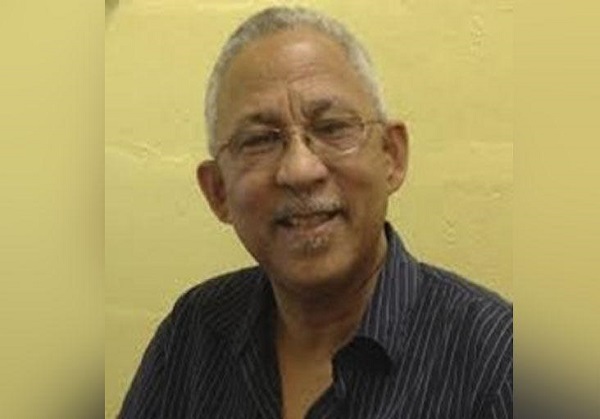
Noble Philip, a retired business executive, is trying to interpret Jesus’ relationships with the poor and rich among us. A Seeker, not a Saint.
 Wired868 Wired868 for smart sport news and opinion
Wired868 Wired868 for smart sport news and opinion
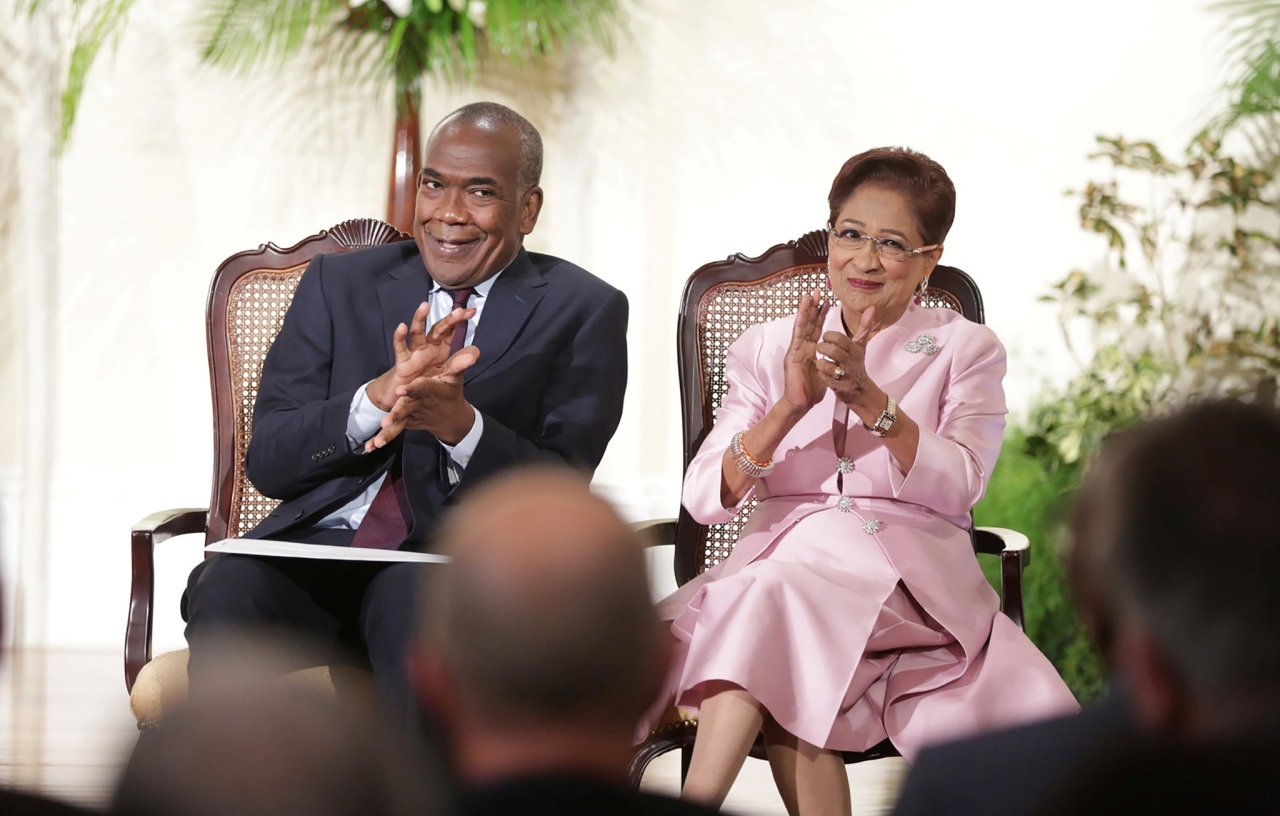
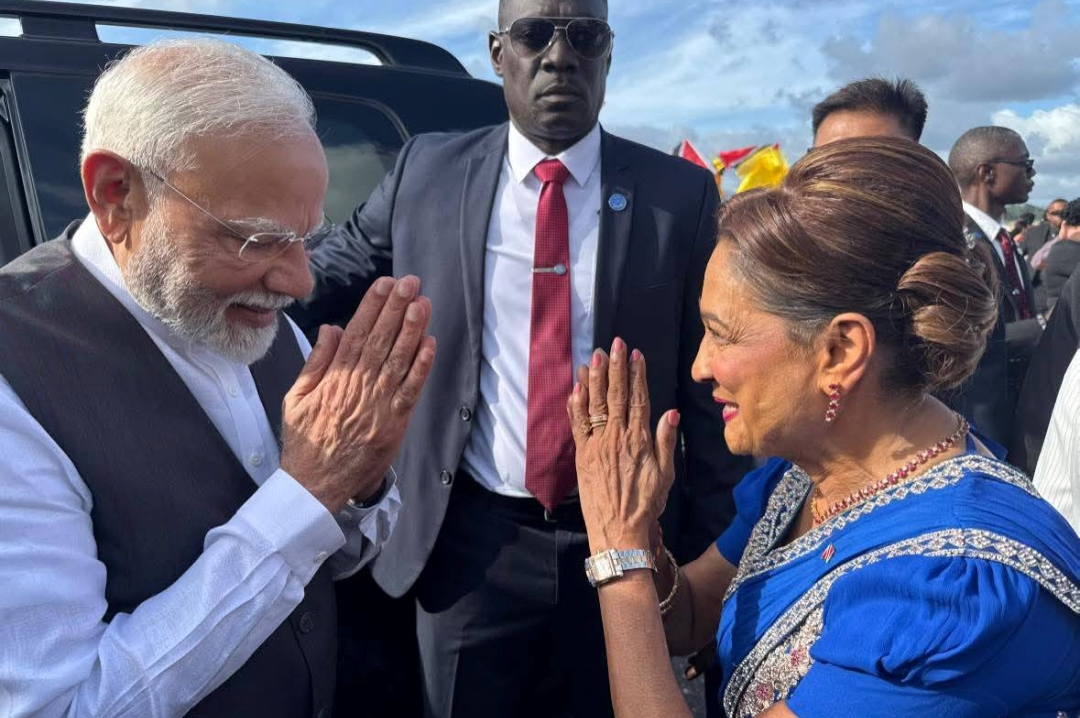
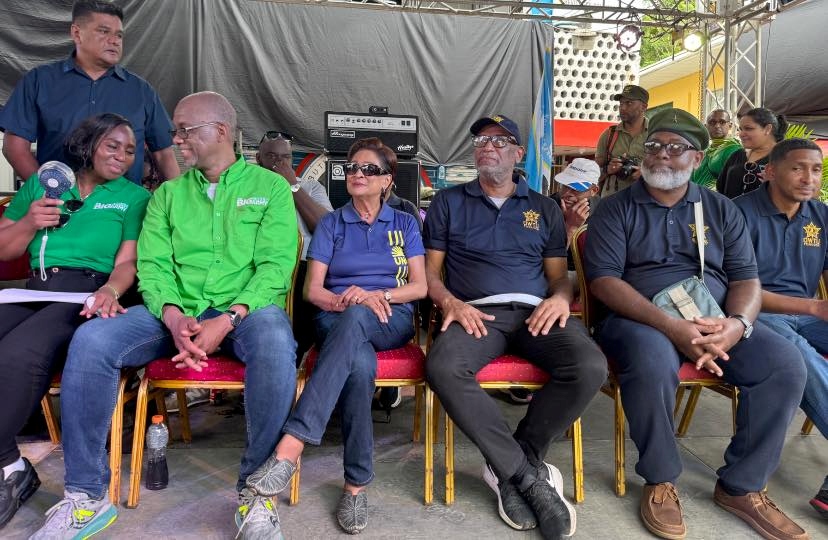
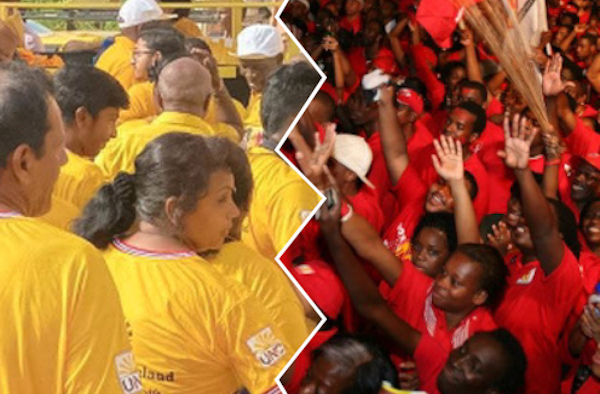



I can’t give the exact date but I think it was the Panday Govt that put into words the much less lofty goal of “Water for all.” If decades later we still haven’t managed that, we’ve been left high AND largely dry, can we realistically expect government to deliver on the lofty goal:of ‘Education for all’ in less than a decade?
And have we not yet learned not to credit anything coming from the mouths of that completely discredited bunch that was in power between 2010 and 2015?
None of which invalidates the essential point of the column. I raise it simply to underline the validity of the closing paragraph, which says that, as far as improving education is concerned, we have to take up our own beds and walk.